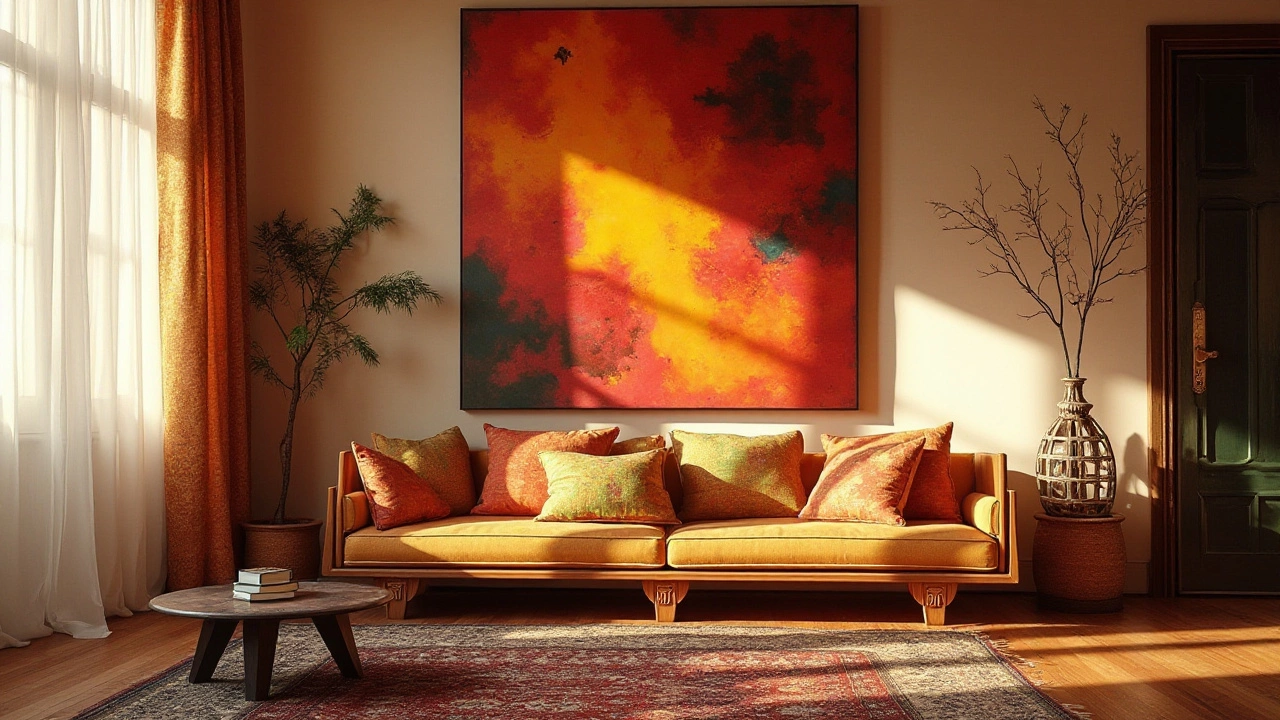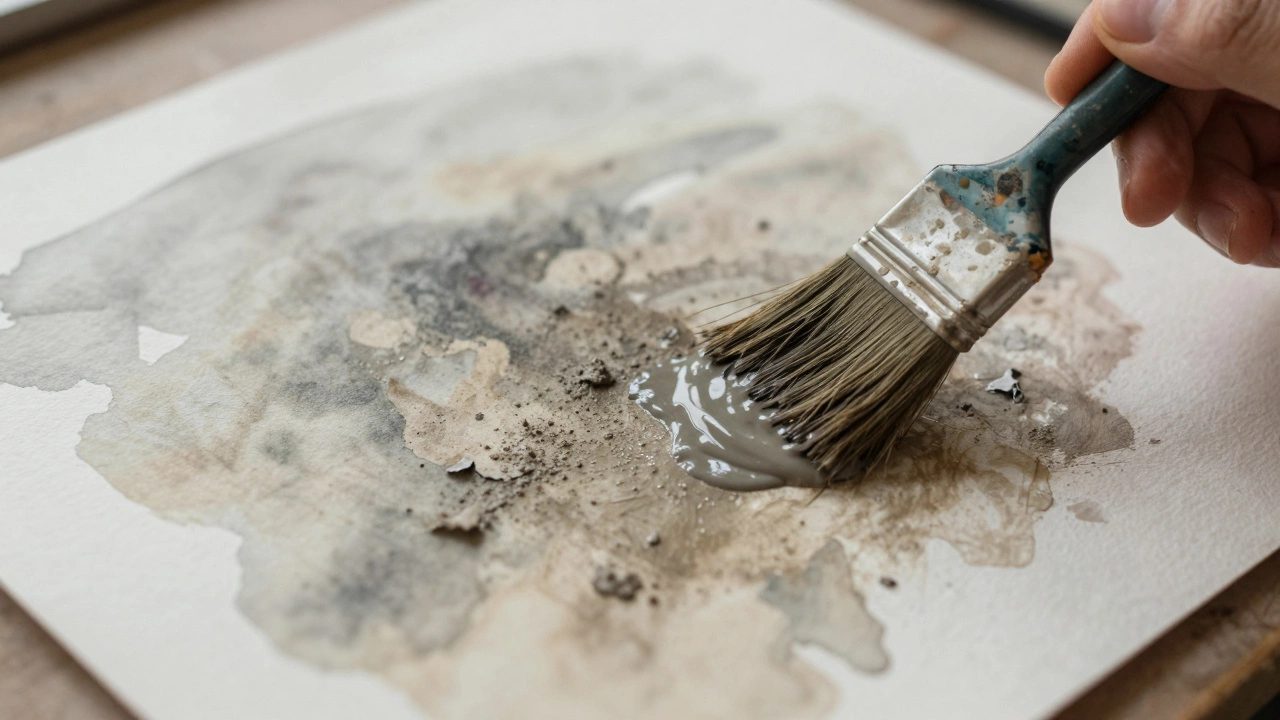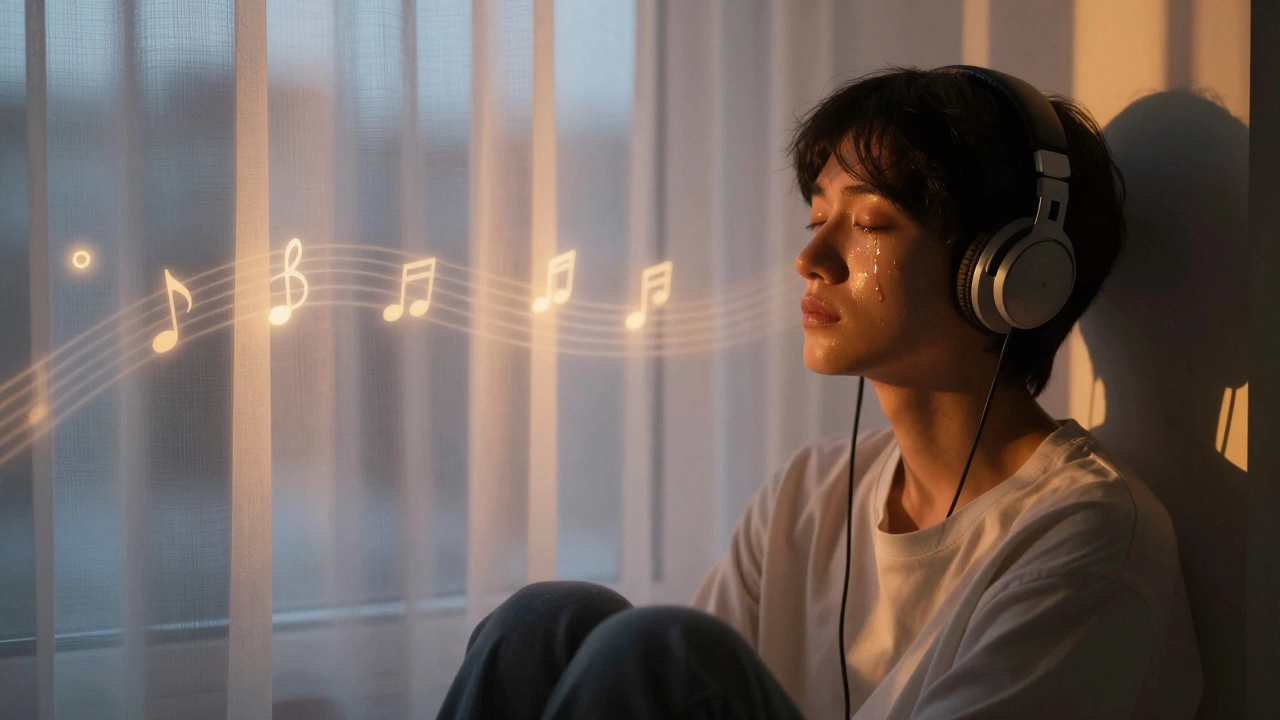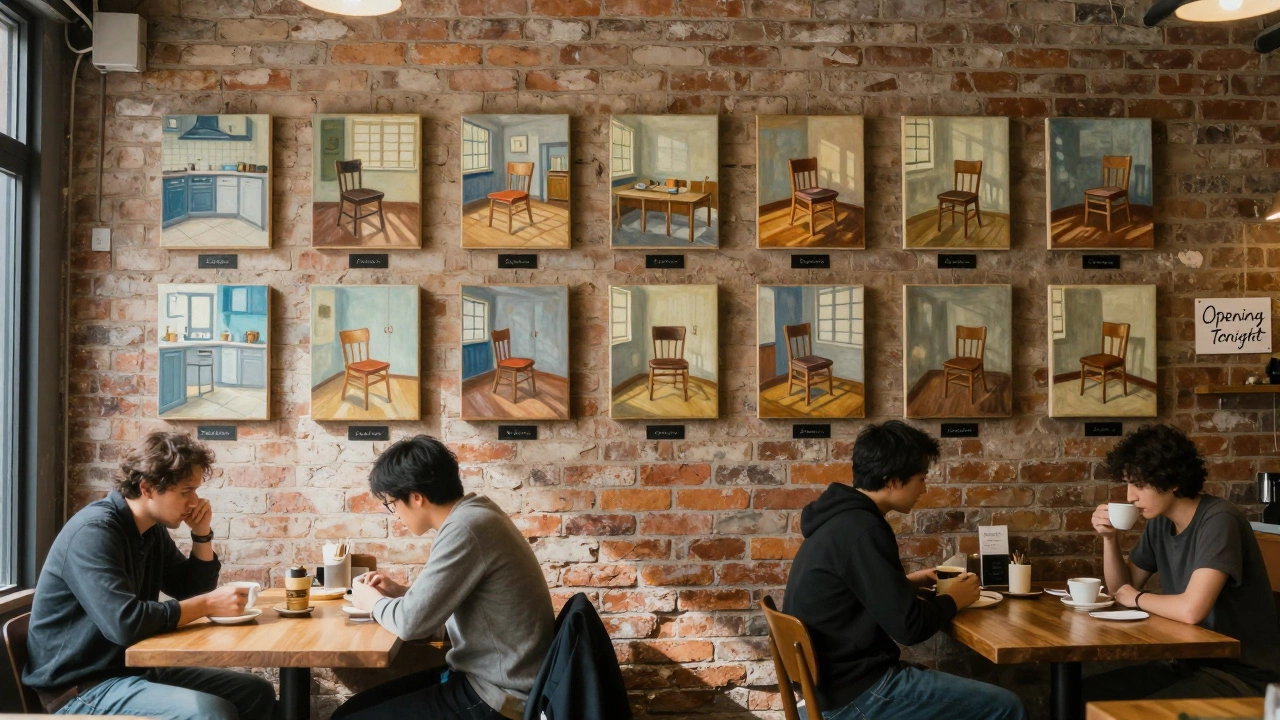The world of art prints is as varied as the colors on an artist's palette. Yet, one question persists among creators and sellers alike: what size art prints are most likely to fly off the shelves? The size of an art print goes beyond merely aesthetics; it intertwines with consumer preferences, interior design trends, and practical considerations like wall space and framing options.
Art enthusiasts often gravitate towards prints that complement their homes or workplaces, leading to a spectrum of size demands. Whether someone is decorating a cozy reading nook or making a bold statement in a grand entrance hall, the size of the art can make all the difference.
In this article, we'll explore the most popular art print sizes, unravel why certain dimensions tend to be in higher demand, and offer tips to artists on how to select the perfect sizes for their creations. Whether you dream of having your art cherished on an intimate scale or wish to make waves with large canvases, we've got the insights to guide you.
- Understanding Popular Print Sizes
- Small Prints and Their Charm
- The Appeal of Large Statement Pieces
- Tips for Choosing Art Print Sizes
Understanding Popular Print Sizes
When diving into the world of art prints, one quickly realizes that size plays a pivotal role in their marketability. Traditional print sizes often reflect a balance between aesthetic appeal and practicality. One of the most sought-after dimensions in the art world is undoubtedly 12x16 inches. This size is popular because it conveniently fits into ready-made frames without the need for custom orders, making it friendly on both the buyer's wallet and their time. The timeless quality of 12x16 inches lies in its adaptability; it can stand alone as a focal point or harmoniously blend into a collage of smaller prints in a gallery wall. Such versatility heightens its appeal among collectors and decorators alike.
Another commonly favored dimension is 18x24 inches, a size catering to those seeking a more impactful visual presence without being overwhelming. The 18x24 inch print is particularly favored as it strikes the perfect balance between being a notable centerpiece and maintaining subtlety within an array of home or office decor. As minimalism remains a hook in modern design, the attraction of such prints continues to rise. Interestingly, a study conducted by the American Art Collectors Group found that 67% of art buyers favored this dimension when purchasing art for personal spaces, highlighting its popularity across private collections and commercial setups.
Large statement pieces in the realms of 24x36 inches and beyond also find their spotlight in homes and galleries. Such expansive prints often capture attention in spacious areas like living rooms, corporate lobbies, and gallery halls. These sizes create an immersive experience, encouraging deeper engagement with the artwork. A gallery owner once mentioned, "A large print doesn't just fill a space; it transforms it." Large-format art can evoke emotions on a grander scale, drawing viewers into the very essence of the piece. With the emergence of open floor plans and high ceilings in modern architecture, these prints have become synonymous with chic sophistication.
"When art fills a space, presence becomes a pivotal aspect of its appeal," reflects renowned artist Georgia O'Keefe. Her perspective hints at the emotional involvement larger prints can cultivate, expanding beyond mere decor to become conversational pieces.
Meanwhile, the charm of small prints, measuring 5x7 or 8x10 inches, shouldn't be underestimated. Such prints often appeal to those who appreciate the subtleties of art. They are particularly favored in gifts or paired alongside personal photographs, delivering the intimate touch that many buyers treasure. These smaller sizes embody the very essence of charming art, offering a whisper of beauty and intrigue without dominating a room. While their demand may fluctuate, they remain an essential part of a balanced art collection, often serving as entry points for new art enthusiasts dipping their toes in the wide sea of art collecting.
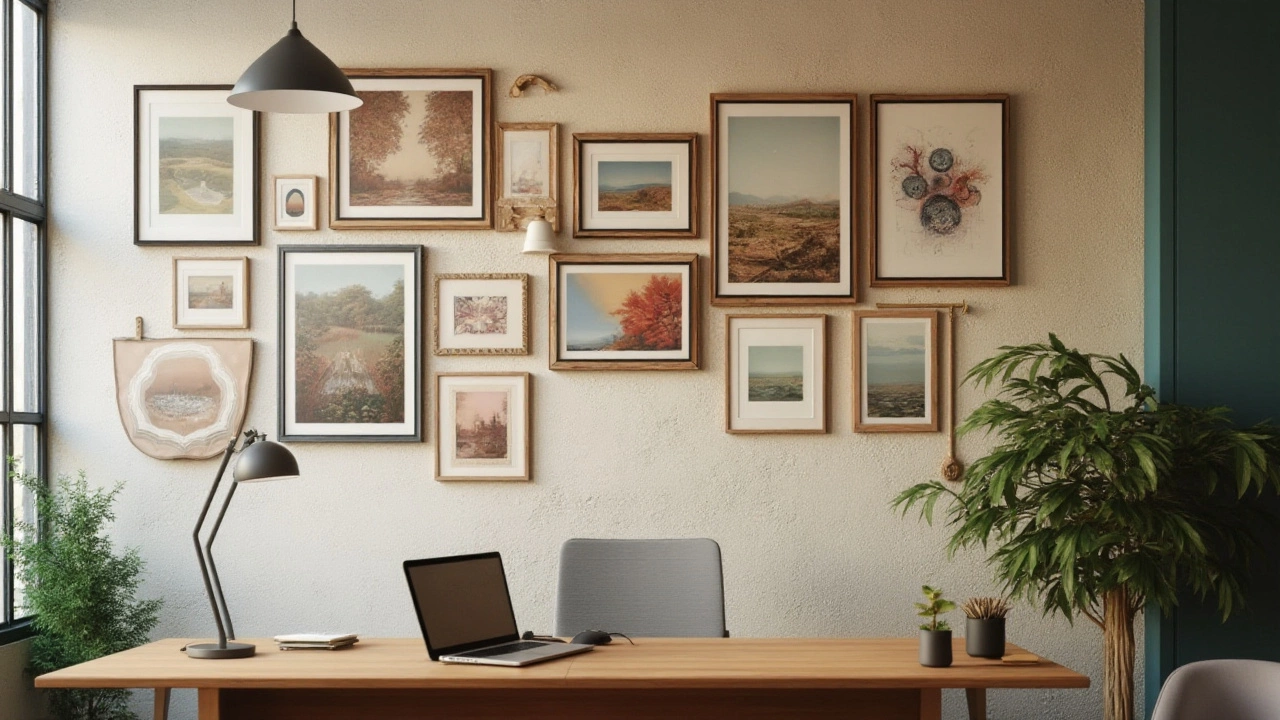
Small Prints and Their Charm
Small art prints hold a unique allure, often achieving their charm through subtlety and versatility. These pieces can effortlessly find their place in a variety of settings, from quaint living spaces to bustling office environments. The appeal lies in their ability to add a touch of personality to a space without overwhelming it. Whether placed on a shelf amongst books or hung as part of a larger gallery wall, small prints can provide a pop of color or a moment of inspiration in an otherwise ordinary setting.
One defining characteristic of small prints is their accessibility. Both in terms of price and placement, smaller artworks often invite new collectors to enter the market. They are typically more affordable than larger pieces, making them a favorable option for those looking to start their art journey without a hefty investment. A recent study showed that emerging collectors spent upwards of 40% more on small pieces when diversifying their art space.
"Art is not what you see, but what you make others see," said Edgar Degas, which perfectly encapsulates the impact of small prints in intimate spaces.
The portability and flexibility of smaller prints add to their desirability. In urban areas with limited space, residents are often keen on decor that can adapt to different rooms as needs change. This adaptability makes them a staple in interior styling, often seen perched on side tables or leaning nonchalantly against walls. Homeowners can swap out themes seasonally or as their tastes evolve, offering a dynamic environment punctuated by fresh visuals.
Artists and sellers should consider the packaging and presentation of small prints as a sales strategy. The introduction of attractive, well-designed packaging can enhance the perceived value of these pieces, further encouraging impulse buys. Utilizing themes or seasonal motifs in small prints can also attract specific market segments, like holiday shoppers or those looking for a personalized gift. Additionally, offering small prints in series creates the allure of collecting each piece for a complete set, enticing buyers to return for more.
Popular Sizes and Formats for Small Prints
While small prints are characterized by their subordinate scale, certain sizes have emerged as particularly favored among buyers. Sizes like 5x7, 8x10, and A4 (approximately 8.3 x 11.7 inches) are often highlighted, striking a balance between visibility and versatility. These dimensions neatly fit standard frames available at most retailers, further easing the decision-making process for customers.
An artist's ability to transform smaller canvases into captivating compositions should not be underestimated. These prints provide an opportunity to encapsulate humor, charm, or detailed landscapes within a compact frame. Digital printing technologies have advanced to a point where even the most intricate designs maintain their integrity in smaller sizes.
With creative presentation and strategic marketing, small art prints can be a significant draw for any seller while providing buyers with accessible pathways to enrich their spaces with artwork that resonates personally.
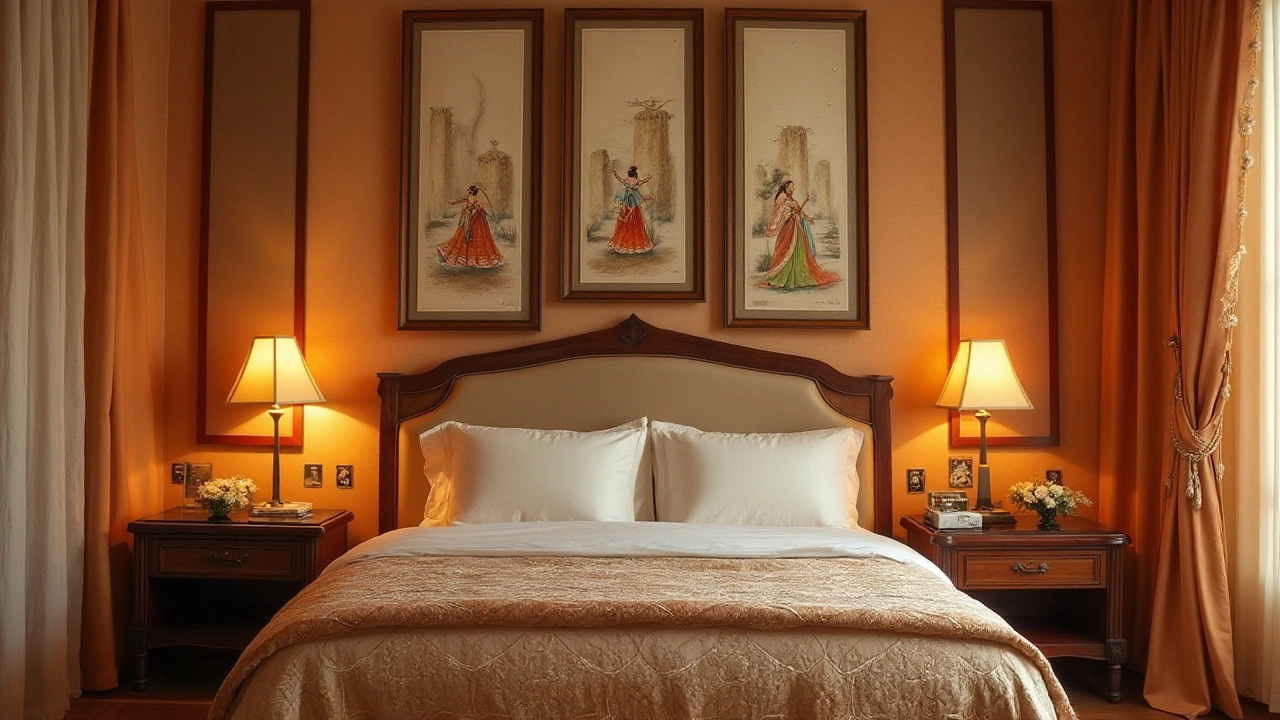
The Appeal of Large Statement Pieces
Large statement pieces are more than just artwork; they are powerful assets that transform spaces and captivate audiences. These art prints often serve as the focal point of a room, commanding attention and setting the tone for the interior design. When chosen thoughtfully, a large art print can elevate the aesthetic value of a space, offering sophistication and a sense of completeness. This dramatic impact is crucial in areas designed to impress, such as living rooms, dining areas, and corporate offices. The scale of the artwork can fill vast empty walls and create harmony in a room with high ceilings, making it feel inviting and complete.
One reason for the enduring popularity of large art prints is their ability to evoke emotion and provoke thought. Viewers can appreciate the intricate details and nuances that might be missed in smaller pieces, providing a deeper connection to the art. Moreover, large prints allow for more expressive use of color, texture, and form, which resonate with individuals looking to make bold, artistic statements. According to a survey by Artnet, over 60% of art buyers prefer acquiring larger artworks for their visual appeal and the ability to personify their taste in art.
"Art is not what you see, but what you make others see." - Edgar DegasThis quote encapsulates why large art pieces are so cherished; they have the power to change perspectives and inspire contemplation. For artists, creating large statement pieces can be both a challenge and an opportunity. The challenge lies in capturing the viewer's attention with a cohesive design that works on a grand scale. Yet, the opportunity allows artists to push creative boundaries and showcase their work in a way that small formats may not permit.
In terms of decorating trends, large prints fit perfectly into modern and contemporary styles, which often emphasize minimalism and open spaces. Such environments require art that not only complements but also enhances the overall decor. Art experts often suggest considering the wall's dimensions and the surrounding furniture before selecting a piece, aiming for a balance between the size of the print and the available space. A large print should not overwhelm the room but rather complement other elements harmoniously.
How to Incorporate Large Prints
- Ensure it aligns with the room's color scheme and overall theme.
- Position the art at eye level to create an immersive experience.
- Frame the print in a way that complements the style without overshadowing the artwork.
- Use proper lighting to enhance the visual appeal of the print after dark.

Tips for Choosing Art Print Sizes
Choosing the perfect size for your art prints is akin to selecting the right frame for a picture; it must complement and enhance the beauty of the artwork while catering to the buyer's needs. Understanding market trends and consumer preferences plays a crucial role in this decision-making process. People often prefer prints that can seamlessly fit into their existing spaces, yet make a statement on their walls. Consider the common dimensions people look for, such as the ever-popular 8x10, which fits comfortably in smaller spaces, or the striking 24x36 for a conversational piece in a living room. The key is balance; ensuring your offering caters to various aesthetic tastes without limiting buyer options.
For artists, gauging the audience's preference can be as varied as the art itself. A smart strategy is observing where your prints are most likely to be displayed. For instance, in compact urban apartments, smaller prints are coveted because they maximize available wall space. Conversely, sprawling suburban homes may favor larger pieces, looking to fill expansive walls with eye-catching displays. It's also valuable to tap into current decor trends, such as the gallery wall craze, where set collections of smaller prints are curated artfully together. Prospective artists should consider offering prints in sizes that cater to such artistic arrangements.
Additionally, pricing plays a pivotal role when choosing art print sizes. Often, the cost of production increases with the size of the print, which should be factored into your pricing strategy. Smaller prints can be sold at a lower price point, attracting a wider audience, and are easier for buyers who might otherwise be deterred by the logistics of hanging larger pieces. Large art prints, while potentially commanding higher prices, can easily become the piece around which a whole room's decor is planned.
"The size of an artwork can transform its reception; think of your art size choices as a path to deeper connections with your audience," says renowned art dealer, Savannah York.
Lastly, never underestimate the power of presentation. How you display your prints can influence their perceived value. Providing lifestyle photographs of your artwork within different room settings allows potential buyers to envision them in their own homes. Offering a range of popular dimensions not only broadens your market scope but demonstrates an understanding of consumer needs. By carefully selecting sizes and presenting them with clarity and vision, artists stand a greater chance of aligning their work with the desires of art aficionados everywhere.
